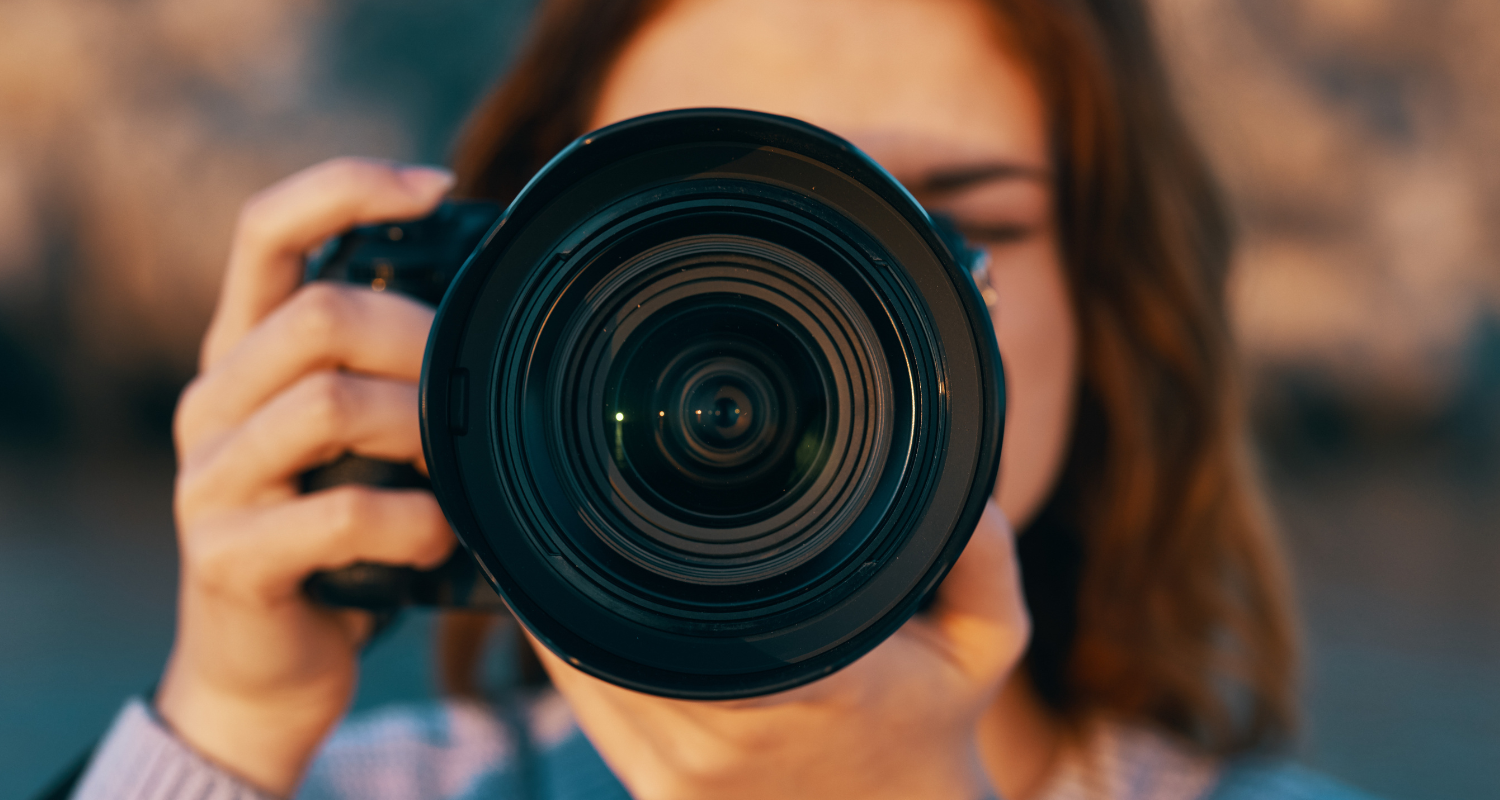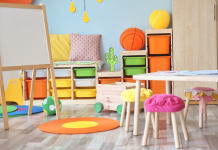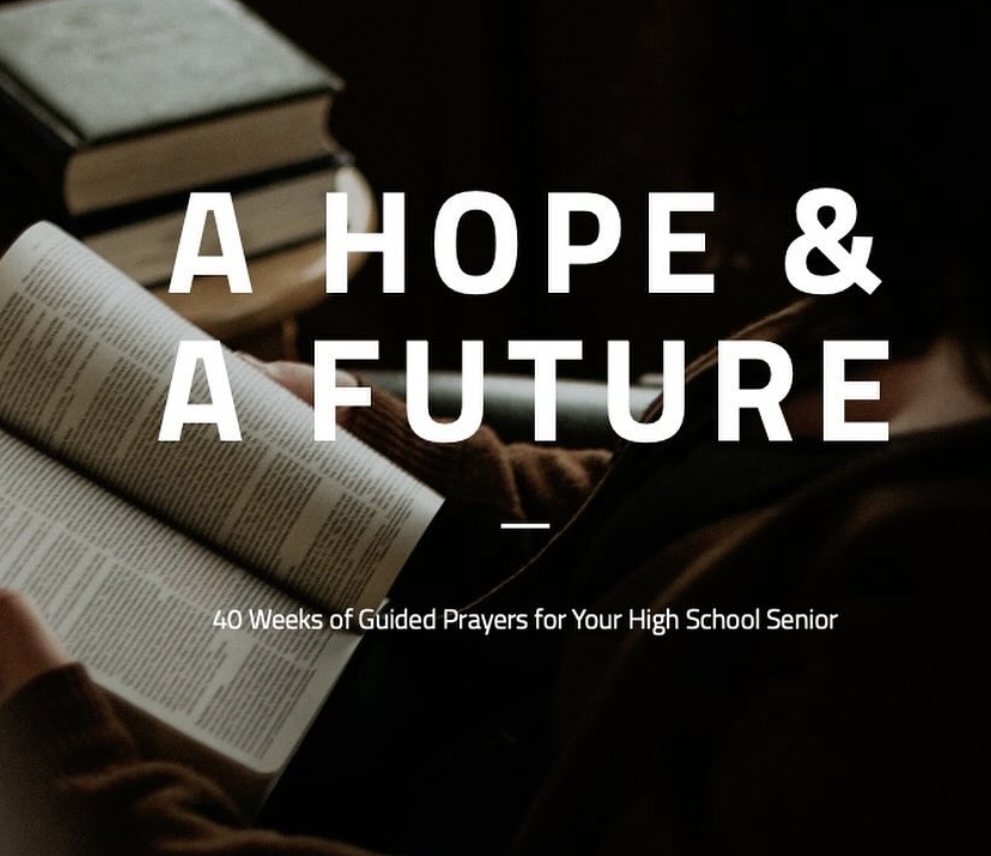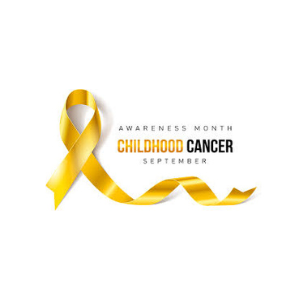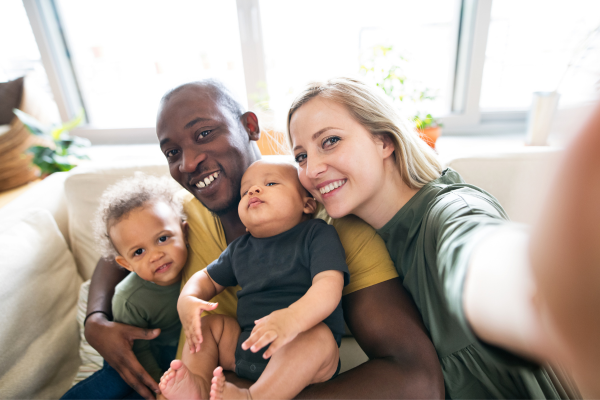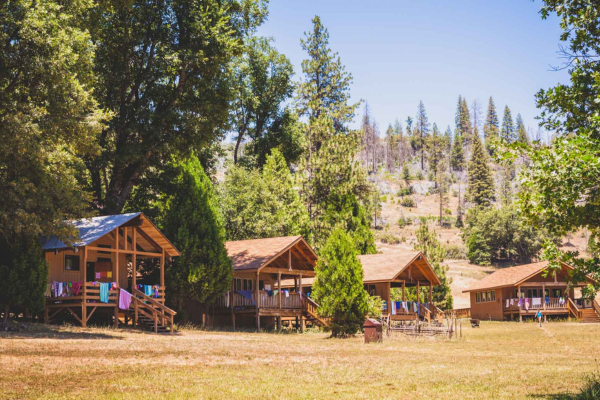Permission To Be Angry, Sir
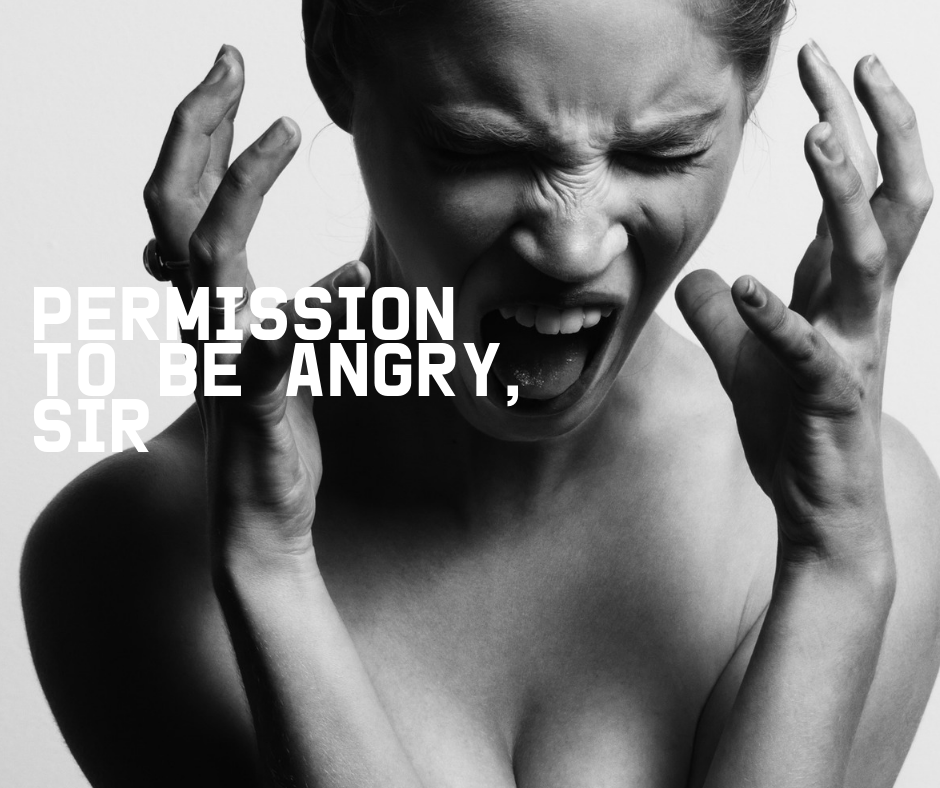
A recently released book by Rebecca Traister, Good and Mad – The Revolutionary Power of Women’s Anger – describes the significant difference between the societal and familial response to men’s and women’s anger. For centuries the voice of women, the anger of women has been ignored; and beyond that, it has been expected of women to withhold their anger in the public forum and at home.
The subject of anger is immensely personal to me. My father was given a formal diagnosis of bipolar disorder when I was in my late teens. His anger permeated our home. My mother, brother, sister and I each had a different approach to dealing with my father’s anger. My brother matched it; my sister avoided it, and I studied it. My mom, well, she just felt like it was all her fault.
When I discussed anger with my mom, here is what she told me (with a great deal of anger, mind you): “Women are nurturers, and people (whoever that may be) believe all women should be ladylike and should not express our anger in any way. Unless we express anger differently, there must be something wrong with us. With their angry puffed-up chests men are called macho. When we do anything remotely similar, we are called cruel names like the B-word, hysterical, and hormonal. The minute we become angry everyone quits listening.”
Everyone quits listening. Wow.
Author Karen Karbo writes in her 2018 book, In Praise of Difficult Women, “Somewhere in the world, there must exist a culture where female rage is appreciated: where the moment a woman raises her voice, the village gathers around believing that if a woman is freaking out, it’s probably worth hearing what she has to say.”
My response to my own anger and the anger of others has not always been gracious. In fact, it has been met mostly with fear and timidity. I cower in the face of anger and have sought to avoid it at all costs (particularly at the cost of my own ideals, needs, and emotions), but something has changed.
I was well into my thirties before I admitted to being really angry, or maybe I was well into my thirties before I even became really angry at all. I can’t be sure. As my children got older and experienced more injustice and as our society has become more divided I found myself increasingly angry. Every day the news seems to provide more reasons to be angry, to cry out at injustice and to offer my voice as one among the masses who do not like what is going on around us.
Anger doesn’t always have to be destructive. I have the pleasure of knowing incredible women like Hope, the executive director of the Waco Immigrant Alliance. She has turned her righteous anger into social justice, serving as a megaphone for those whose voices often go unheard. When we discussed anger, she shared with me how knowing the difference between unhealthy anger and righteous anger has been critical to her success. She shared there is real wisdom in knowing when to say “I’m sorry” and being humble enough to make amends. She is an incredible mamma and activist who has learned to manage her anger correctly instead of numbing it or playing nice. Her transformational anger and combined compassion makes her a forceful leader in our community.
I wish I knew how to tie a nice bow around a post about a really hard subject. I wish I knew how to change the way women are perceived when they are angry. All I know is that, if you need it, you have permission to be angry; but in your anger, please don’t hurt people.




